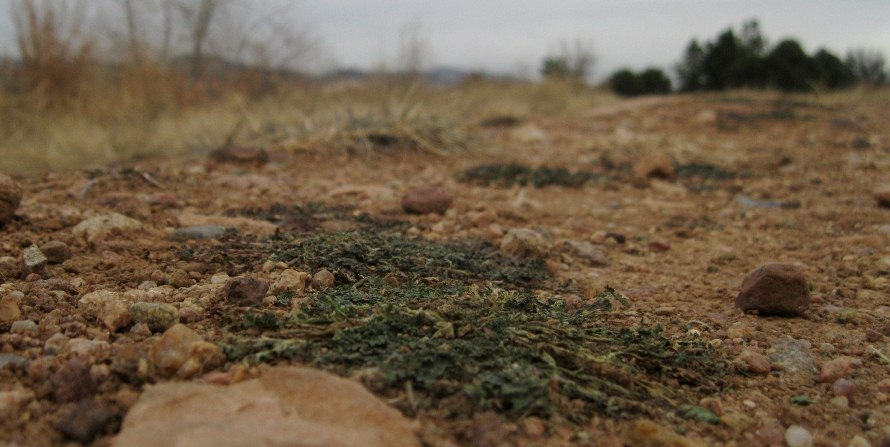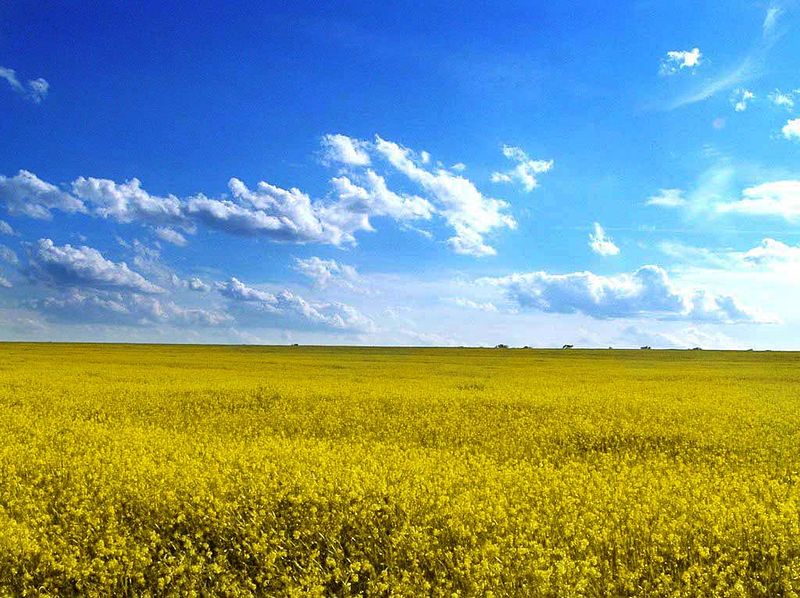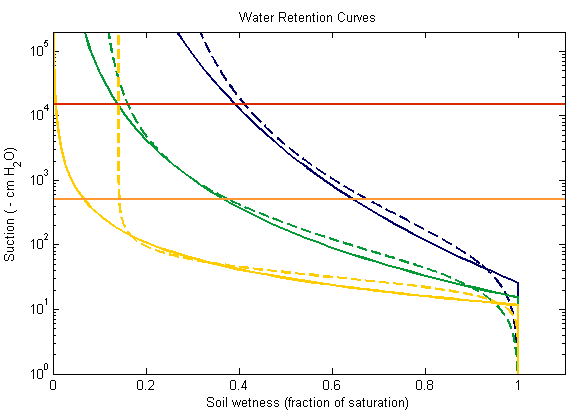Estimating soil hydraulic propertiesusing remotely sensed soil moisture
and surface temperature

Project Goal(1) Hydrologic land surface models that represent the coupled water-energy balance of the land surface depend on SHPs to partition precipitation into groundwater recharge, stream runoff, and evapotranspiration. (2) Research labs such as NOAA couple hydrologic models with atmospheric models to predict weather, floods, and droughts as well as longer-term climatic change. (3) Currently, SHPs are selected according to soil texture class, which is a poor predictor of SHPs due to issues of scale and variability. (4) Using remotely sensed data together with an inverse modeling procedure will provide estimates of SHPs that are independent of soil type. The improved SHP values will allow existing land and atmospheric models to make more accurate simulations. |
 Continental-scale modeling requires accurate SHPs estimates across the landscape |
 The relationship between soil tension and moisture |
Water Retention Curves and Soil Hydraulic Properties |

